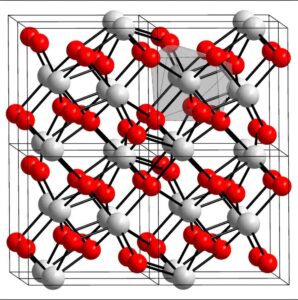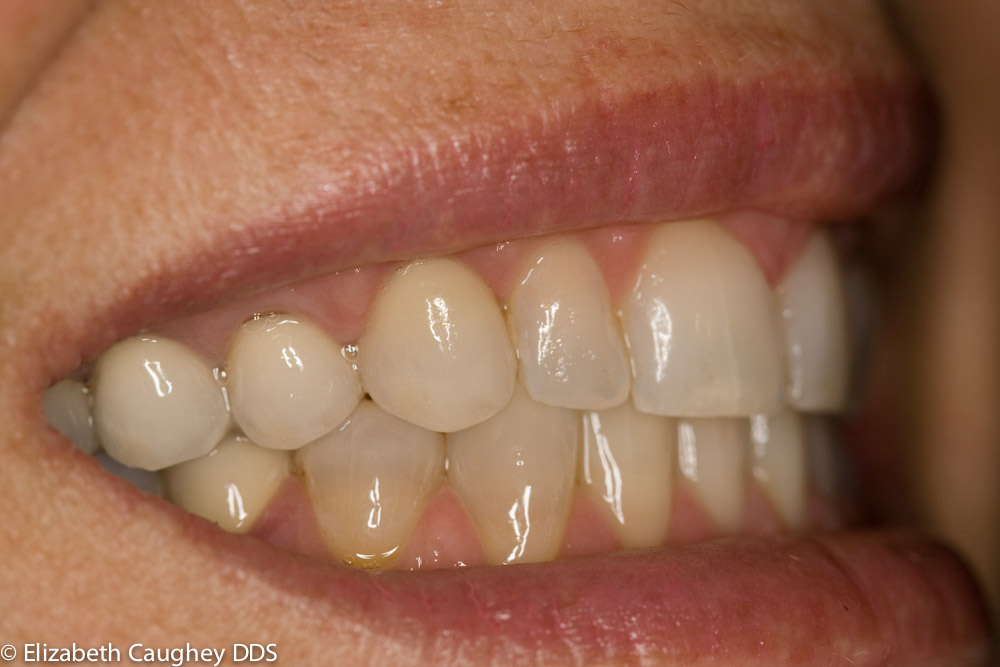As a restorative dentist, I place equal value on predictability, longevity, comfort, biocompatibility, and aesthetics. One soap box I don’t mind stepping on is the busting down the metal-free myth about the more popular new ceramic crown options.
The two most popular types of all-ceramic crowns for back teeth are made from aluminum oxide and zirconium oxide. Both Al2O3 and ZrO2 came from chemical processing of metals – they are the residue that is left after a specific chemical process occurs. While they no longer have the silver or grey or shiny metal physical characteristics in them, these two materials still are very much made of the same elements that make up the original metals.
An analogy that comes to mind is when you burn a piece of wood, it turns into ash; Ash would be a “wood-free dust” in this analogy. While you can’t call the ash “wood” anymore, it still is predominantly made from carbon. So is other plant and vegetable material made predominantly from carbon.
What is more important in understanding biocompatibility is not what are the original elements made from, but is there a high likelihood of reactivity in a patient’s mouth. Both aluminous core crowns and zirconia core crowns are considered stable non-reactive metal oxide materials. To follow the carbon analogy, according to AmericanSkin.org, 85% of the population is allergic to poison ivy – but that doesn’t mean they are also allergic to apples or paper or other things made from carbon.
On the other hand, 6-10% of the population is allergic to Nickel – less than 1% is truly allergic to gold. However, many of the less-expensive gold-alloys that typical porcelain-fused-to-metal (PFM) crowns are made from, might have base metals like Nickel in them, and therefore cause a sensitivity or reaction. A more expensive high noble gold-alloy like a Gold-Platinum-Palladium mixture is virtually non-reactive and suitable for everyone.


